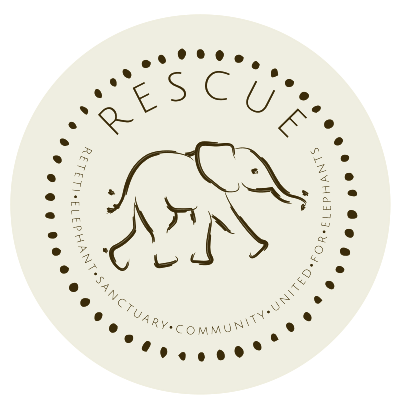Meet our new friends… a wobble of Somali ostrich chicks!
Each of the Somali ostrich chicks arrived from a different family and location across Northern Kenya, and the reason for their rescue is both fascinating and a bit poignant.
Recent rains have blessed the landscape, transforming the arid terrain into a verdant, lush buffet of greenery. However, the same tall grasses that are a feast for the eyes and a boon for local flora and fauna have posed significant challenges for these young chicks.
Imprinting is a critical early-life process where chicks learn to identify and follow their "parents" by recognising the first moving object they consistently see. This crucial adaptation is essential for their survival, teaching them vital behaviours and ensuring they remain close for protection and guidance.
Unfortunately, the towering grass can obscure their view, preventing them from seeing their mother and disrupting their ability to imprint properly. This often results in the chicks losing their way, necessitating rescue and rehabilitation efforts.
These chicks are now safe and sound in their new home here at Reteti. We’ll take excellent care of them until they’re ready to be released.
Did you know?
Somali ostriches can grow to a height of about 2 to 2.8 metres (6.6 to 9.2 feet), making them the tallest and heaviest birds on earth.
Listed as vulnerable by the International Union for Conservation of Nature (IUCN), these birds face threats from habitat loss and hunting.
Native to the Horn of Africa, Somali ostriches are particularly found in Somalia, eastern Ethiopia, Djibouti, and Northern Kenya, thriving in semi-arid regions and savannas.
Male Somali ostriches display a unique blue-grey neck and legs during the breeding season, which helps them stand out from other ostrich species whose males typically exhibit pink or red colouration.
Ostriches have the largest eyes of any land animal, measuring around 5cm in diameter, which gives them excellent vision to spot predators even at long distances.
They lay some of the largest eggs of any living land animal, with each egg weighing approximately 1.4 kilograms (3 pounds) and being about 15cm (6in) long.
